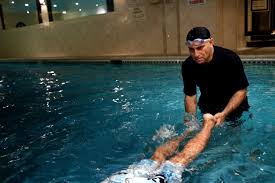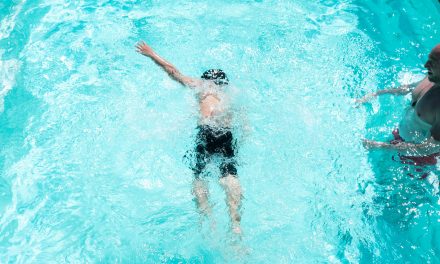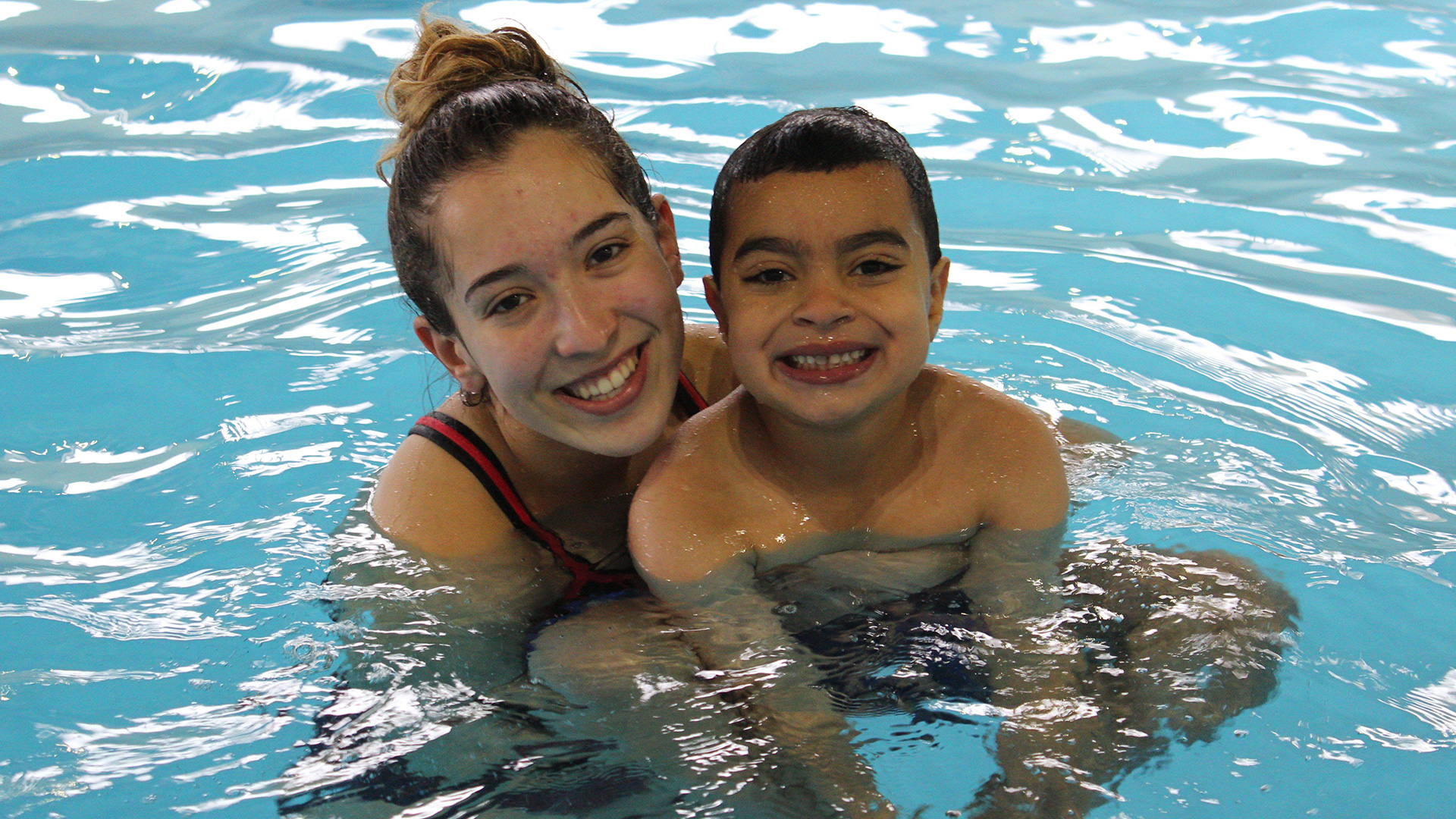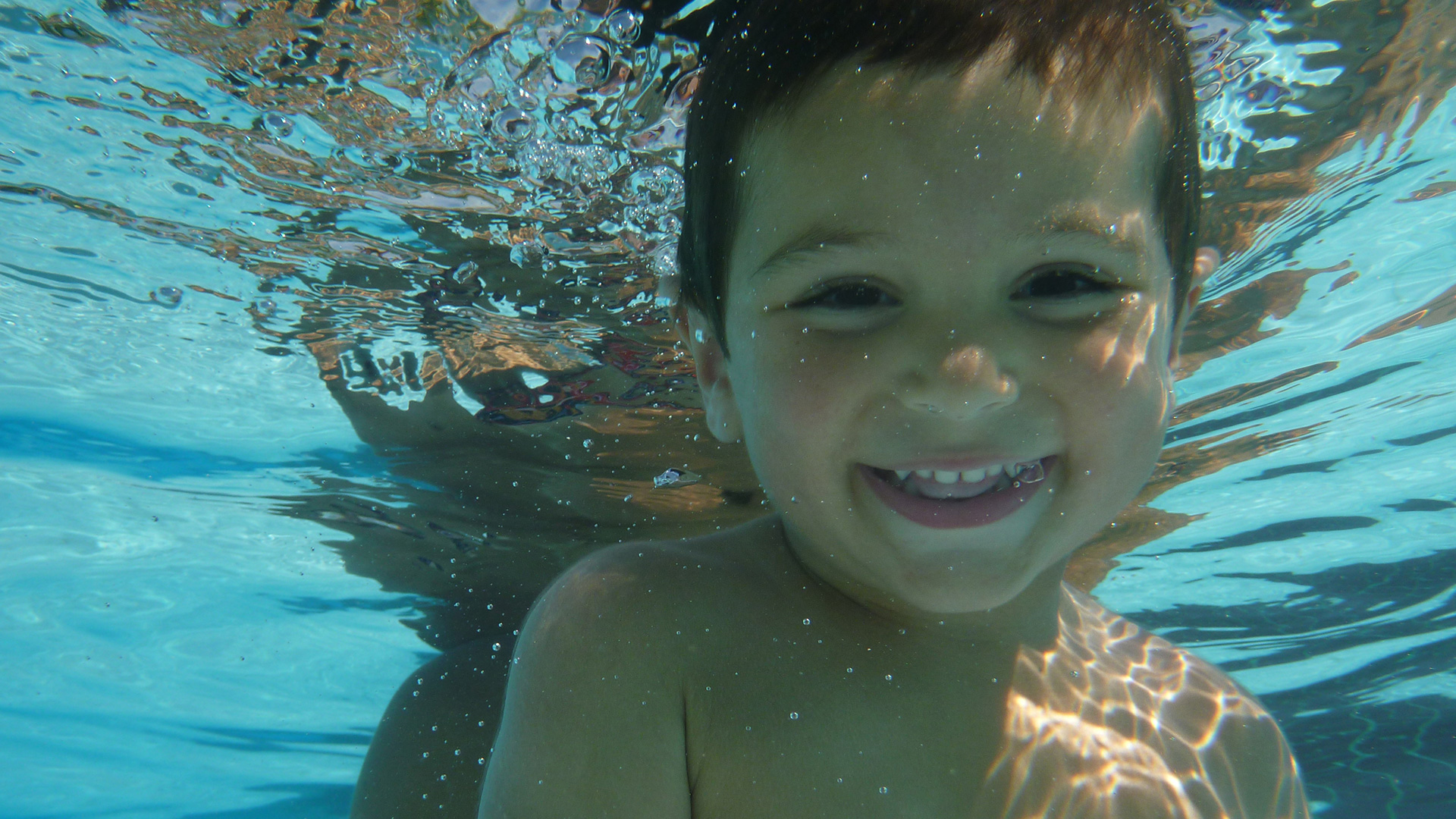Fun fact to start this one: back crawl is generally the least popular of the four competitive strokes (butterfly is close behind by the way). On a water safety note, swimming on the back long distances is often easier for young swimmers, as they can breathe at will (versus front swimming where breathing and timing require a concentrated effort, which can lead to fatigue and breathlessness if the swimmer is not yet comfortable with breathing techniques).
In the CSS Way of learning to swim, once swimmers can comfortably float on their back and kick on their back across the pool (without assistance), they are ready to start learning back crawl. Literally the inverse of front crawl, back crawl is executed with simultaneous arms and legs, while maintaining a horizontal body position and neutral head position.
Proper back body and head position should have already been taught in the Beginner Swimmer program, and involve horizontal for a quick refresher click here.
When complete, the swimmer should be able to swim at least 2 lengths without stopping with simultaneous and basic back crawl arm & leg movements, while keeping their whole body horizontal along the surface of the water.
By focusing on basic movements (core techniques) swimmers get in the much-needed repetitions to establish familiarity and good swimming habits at younger ages. The basic movements will later be perfected and tuned for speed, power and competitive swimming in our Advanced Swimmer Program.
The same core techniques should be consistently reinforced throughout, like straight arms and straight legs. Alternate your teaching methods (visual, verbal, mirroring, kinesthetic) and look to see where your swimmer responds best. Remember to focus on basic technical corrections, and above all encouragement and motivation!











